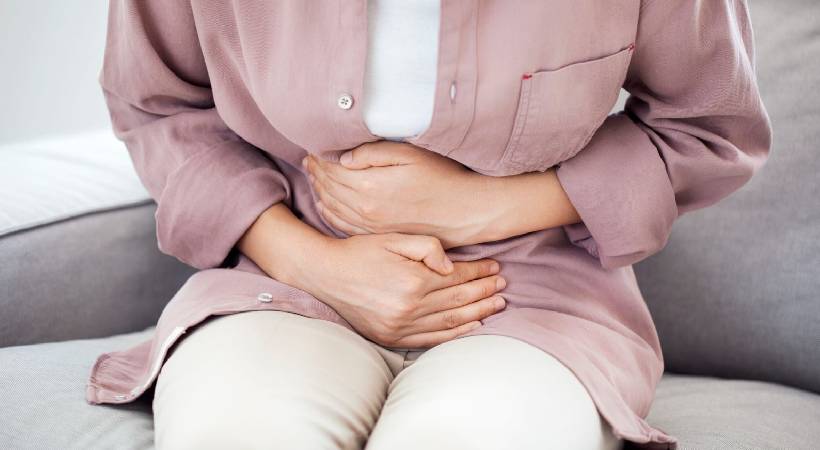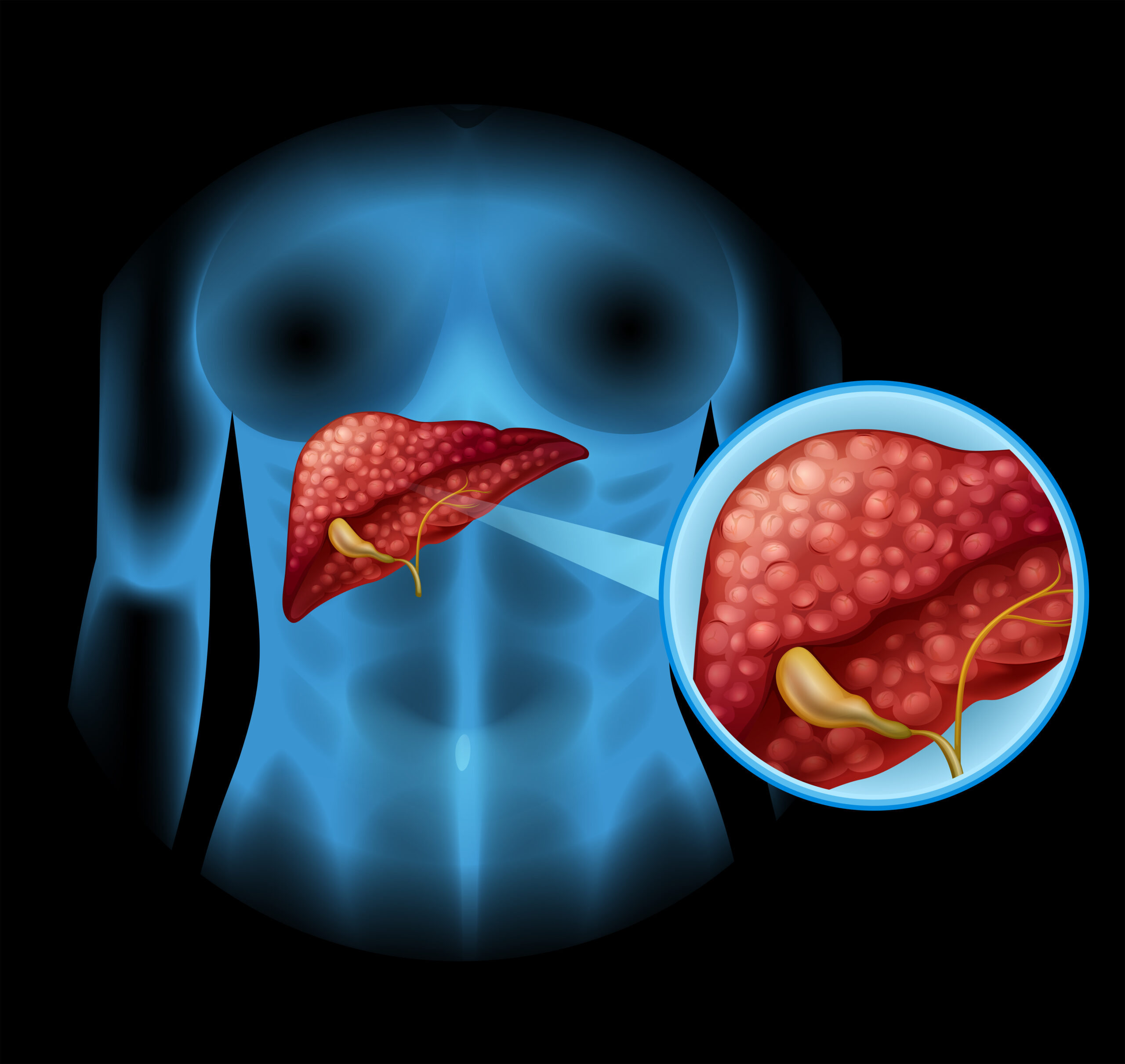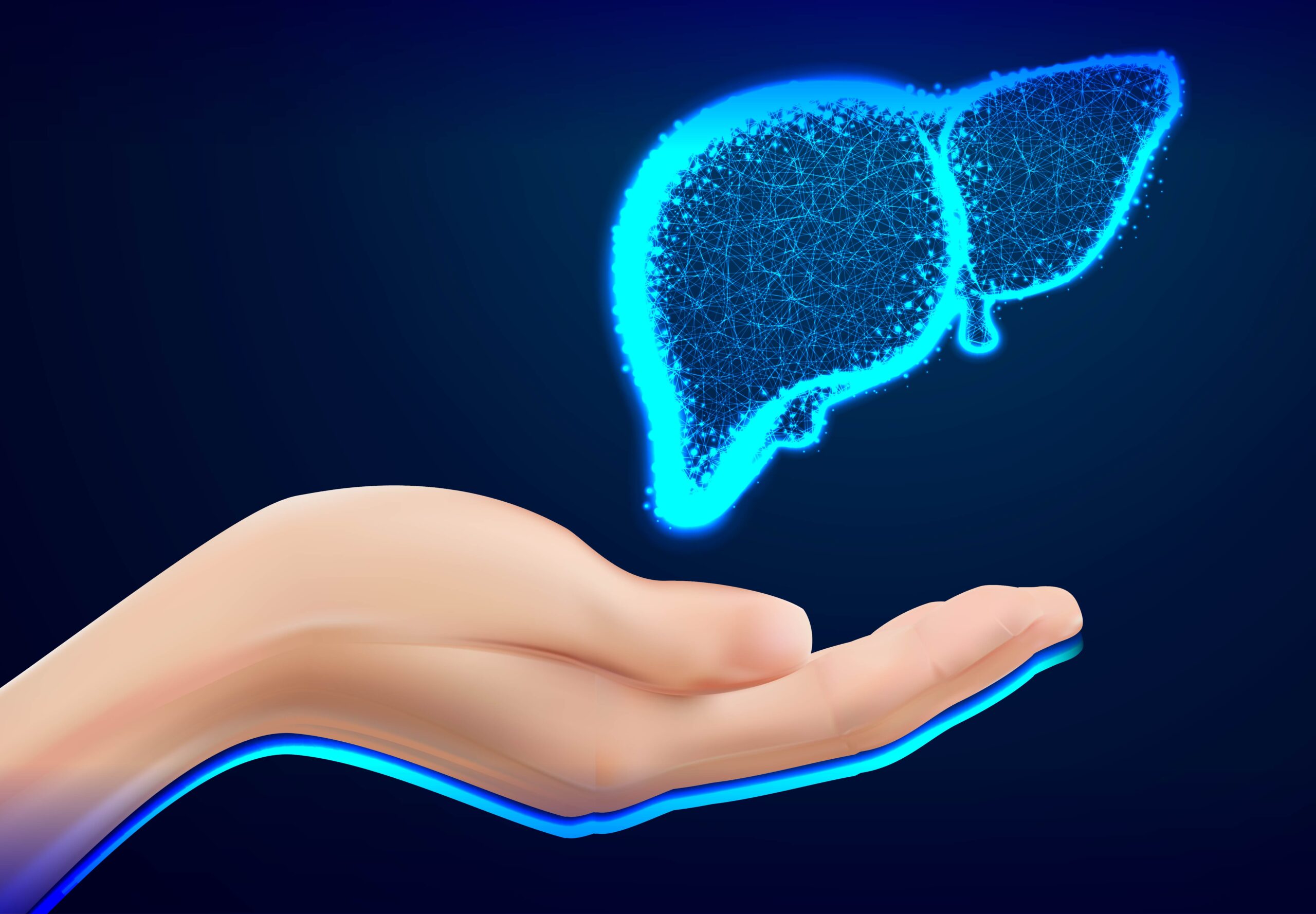
Bile duct stones, also known as choledocholithiasis, can be a painful and potentially serious condition affecting the bile ducts, which are small tubes that carry bile from the liver and gallbladder to the small intestine. These stones can cause a range of symptoms and complications, making it important to understand their causes, symptoms, and available treatments.
Causes:
Bile duct stones develop when substances in bile, such as cholesterol and bilirubin, harden into solid pieces. Several factors can contribute to the formation of these stones, including:
- Gallstones: Bile duct stones often originate from gallstones, which form in the gallbladder. When gallstones migrate from the gallbladder into the bile ducts, they can lead to the development of bile duct stones.
- Biliary Sludge: This thickened bile can form due to factors such as rapid weight loss, certain medications, or fasting. Biliary sludge can contribute to the formation of stones in the bile ducts.
- Biliary Strictures: Narrowing of the bile ducts due to inflammation or scarring can create conditions conducive to the formation of bile duct stones.
Symptoms:
The symptoms of bile duct stones can vary depending on their size and location within the bile ducts. Common symptoms include:
- Abdominal Pain: This pain is typically located in the upper right side of the abdomen and can be severe, intermittent, or constant.
- Jaundice: Bile duct stones can obstruct the flow of bile, leading to a buildup of bilirubin in the bloodstream. This can cause yellowing of the skin and eyes, known as jaundice.
- Fever and Chills: In some cases, bile duct stones can cause inflammation and infection, resulting in fever and chills.
- Nausea and Vomiting: Bile duct stones may cause nausea and vomiting, especially after meals.
- Dark Urine and Light-colored Stools: Changes in urine color to dark yellow or brown and stools becoming pale or clay-colored can indicate a blockage in the bile ducts.
Treatment:
Treatment for bile duct stones aims to relieve symptoms, remove the stones, and prevent complications. Common treatment options include:
- Medications: Pain relievers and medications to dissolve gallstones, such as ursodeoxycholic acid, may be prescribed for smaller stones.
- Endoscopic Retrograde Cholangiopancreatography (ERCP): This procedure involves the insertion of a thin, flexible tube (endoscope) through the mouth, down the esophagus, and into the small intestine. A small camera attached to the endoscope allows the doctor to locate and remove bile duct stones using specialized instruments.
- Laparoscopic Surgery: In cases where ERCP is not feasible or successful, laparoscopic surgery may be recommended to remove bile duct stones. This minimally invasive procedure involves making small incisions in the abdomen to access and remove the stones.
- Open Surgery: In rare cases or when other treatments are not suitable, open surgery may be necessary to remove bile duct stones. This involves making a larger incision in the abdomen to access the bile ducts and remove the stones.
Prevention:
While not all cases of bile duct stones can be prevented, certain lifestyle changes may help reduce the risk of developing them. These include:
- Maintaining a Healthy Weight: Obesity is a risk factor for gallstones and bile duct stones. Maintaining a healthy weight through diet and exercise can help reduce the risk.
- Eating a Balanced Diet: Consuming a diet rich in fruits, vegetables, whole grains, and lean proteins while limiting saturated and trans fats may help prevent the formation of gallstones and bile duct stones.
- Staying Hydrated: Drinking an adequate amount of water each day can help prevent the formation of bile duct stones by keeping bile fluid and preventing it from becoming too concentrated.
- Avoiding Rapid Weight Loss: Gradual weight loss is less likely to lead to the formation of gallstones and bile duct stones compared to rapid weight loss methods.
In conclusion, bile duct stones can cause significant discomfort and complications if left untreated. Understanding the causes, symptoms, and available treatments for this condition is crucial for prompt diagnosis and management. With appropriate medical care and lifestyle modifications, individuals can effectively manage bile duct stones and reduce the risk of recurrence. If you suspect you may have bile duct stones or are experiencing symptoms associated with this condition, it is important to consult a healthcare professional for evaluation and appropriate management.
Real Patients, Real Stories
Liver Transplant and Biliary Sciences Blogs
Dr. Manoj Shrivastav & Team at Jupiter
The toddler had a huge 20 cm lump sitting on...
Jupiter Hospital Performs paediatric whole liver transplant
PUNE: An expert team of Jupiter Hospital, Pune performed...
Understanding the Symptoms of Metabolic Liver Diseases
By Dr. Manoj Shrivastav – Liver Specialist in Pune |...
Factors That Affect Your Liver Health
Your liver is one of the most hardworking organs in...





